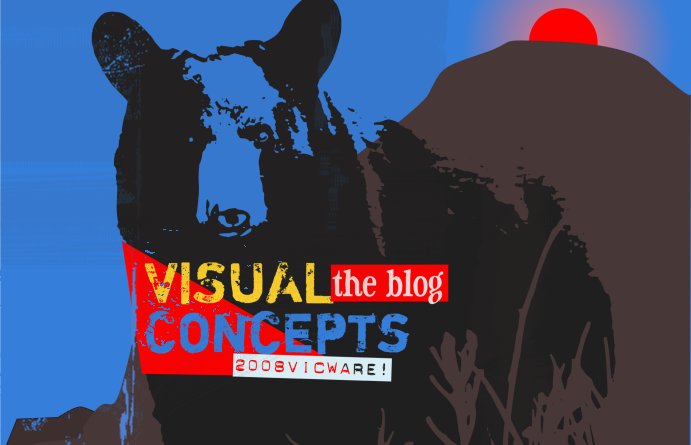
The color interaction assignment was an interesting example of how color is perceived and how it can be manipulated to get different results. For example placing red on a white background looks brighter than on a black background when compared simultaneously.
The halftone process is a technique of breaking up an image into a series of dots to permit reproduction of the full tone range of a photograph or artwork. (Britannica Concise Encyclopedia) These dots can be visible to the naked eye, such as in newspaper comic strips, or visible only at the microscopic level. The brain does the mixing. Cyan plus yellow will always yield green. By placing tiny dots of each color separately the color they create mixed can be seen from a distance depending on the size of the dots.
This is also why photo mosaics work so well. Photographic mosaics are images made up of many smaller images. The example above of a seagull is made of hundreds of other birds.
(photo:Wikipedia)
other sites visitedhttp://web.archive.org/web/20050403233331/http://home.earthlink.net/~wlhunt/History/History.html
http://www.dtp-aus.com/hlftone.htm








